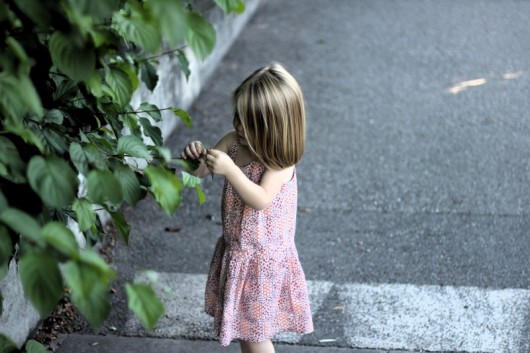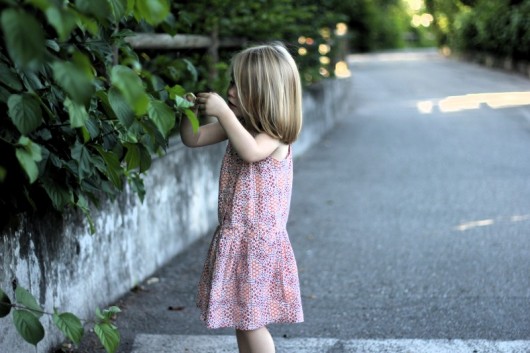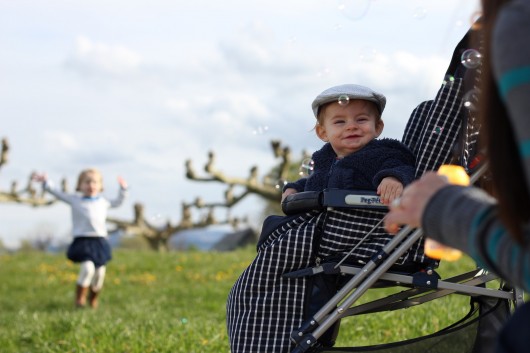On Monday I gave my first presentation in French. I presented Dix Trucs et Astuces (“Ten Tips and Tricks”) for taking better photos. Now, I must point out right up front that none of these tips are original to me. I have learned immensely from photographer friends such as the finest photographer in West Virginia and the finest photographer in Kentucky and Aunty Ash (who’s so cool she doesn’t have her own site). Secondly, I do not claim to be a professional photographer. I’m very much an amateur in the full sense of the word: one who loves their hobby. For me, photography is a hobby, a hobby that helps preserve memories, memories of my family, events and fun. Photography is thus an invaluable hobby. I leave you then with my ten tips and tricks for taking better pictures, appearing for the first time in English. =)
1 – What is photography?
Photography is the recording of light. One must then begin to think in terms of light to better one’s photography. Ask yourself questions like: Are there any shadows? Where are the shadows? Where’s the Sun? Are there going to be really bright spots or really dark spots in this picture? Is the light uniform? and so on.
2 – The Art of Noticing
Photography is the art of noticing. To illustrate this point go over and take a look at Rhea Hickok’s pictures of a recent wedding. She exercises a masterful eye for detail and noticing. What you notice may be big or small, or simply require looking up as in Aunty Ash’s recent collection of magnificent domes called The Practice of Looking Up.
3 – When you see a photo you like…
…ask yourself what you like about it. Your answers to this question may help improve your own photos.
One such photo for me is the picture below of a couple embracing amidst the Vancouver riots following the Stanley Cup Finals last year. The photo almost looks fake or photoshopped given the sharp contrast between the police in riot gear and the well-illumined couple engrossed in their embrace. But that is exactly what I love about this picture: the contrast. Love in a chaotic world. Read more about their story.
4 – The bokeh effect
A big aperture, or small f/stop, lends itself to an effect known as bokeh, a Japanese word that probably means blurry, but I can’t be bothered to google it in order to verify. When photographing objects, making things bokelicious can take an ordinary picture and make it artistic. Consider the two below where the only difference is the aperture (the second is the bokehlicious one in case you’re lost).


When photographing people, going bokelicious can help smooth the visage and focus the eyes.
5 – The memory is more than the photo
What I told my audience on Monday was that my goal was to encourage them to take more pictures using whatever camera they currently had–whether that was a little point and shoot or a camera phone or a decent DSLR. Take pictures and practice. But, if a picture preserves a memory well while failing to be completely in focus or is poorly composed, don’t delete it! The photo is a memory aid for the memory. And if the photo is less than you would have hoped for, as long as it helps preserve a memory, it’s magic.
I think of the photo below which was taken last year on our journey from NC to TX via PA. Emily took it with her cell phone. And while not superb quality, preserves the memory so well.
6 – See the world through their eyes
When photographing children, get down on their level in order to show the world as they see it. This gives a more natural picture. Compare these two below: first, the adult perspective; second, the child’s.
7 – The rule of thirds
Apparently, a picture is more pleasing to the eye if the subject sits on one or more of the “strength lines” when it is divided into thirds. Read more about the rule here. But I’ll go ahead and illustrate with a picture that I took. Notice below that Henry isn’t centered but sits off to the right. The “strength lines” form a cross hair of sorts aimed right on his forehead. This is supposed give added strength to the pic. What do you think?
8 – Black and white
It’s easy to change a picture from color to black and white. But what effect does that have? Here’s what one photographer thinks:
“When you photograph people in colour you photograph their clothes. But when you photograph people in B&W, you photograph their souls!”
Ted Grant
9 – Break the rules
The Dalai Lama or Gandhi or somebody once said that you have to know the rules before you can break them. True in photography as well. If you want to center you’re subject, do it. Do you want your subject to be fuzzy or blurry, then do it. Know some rules and break them when you think it’ll be awesome.
10 – Vollkommenheit
Vollkommenheit is a German word that means perfection. But that doesn’t have to do with anything. The tenth tip is really just filler to say have fun with photography and, yeh, have fun. Below is a picture of a German classmate that I photoshopped together with Red Bull and a lovely lady. Voila.









CommentsOnToast